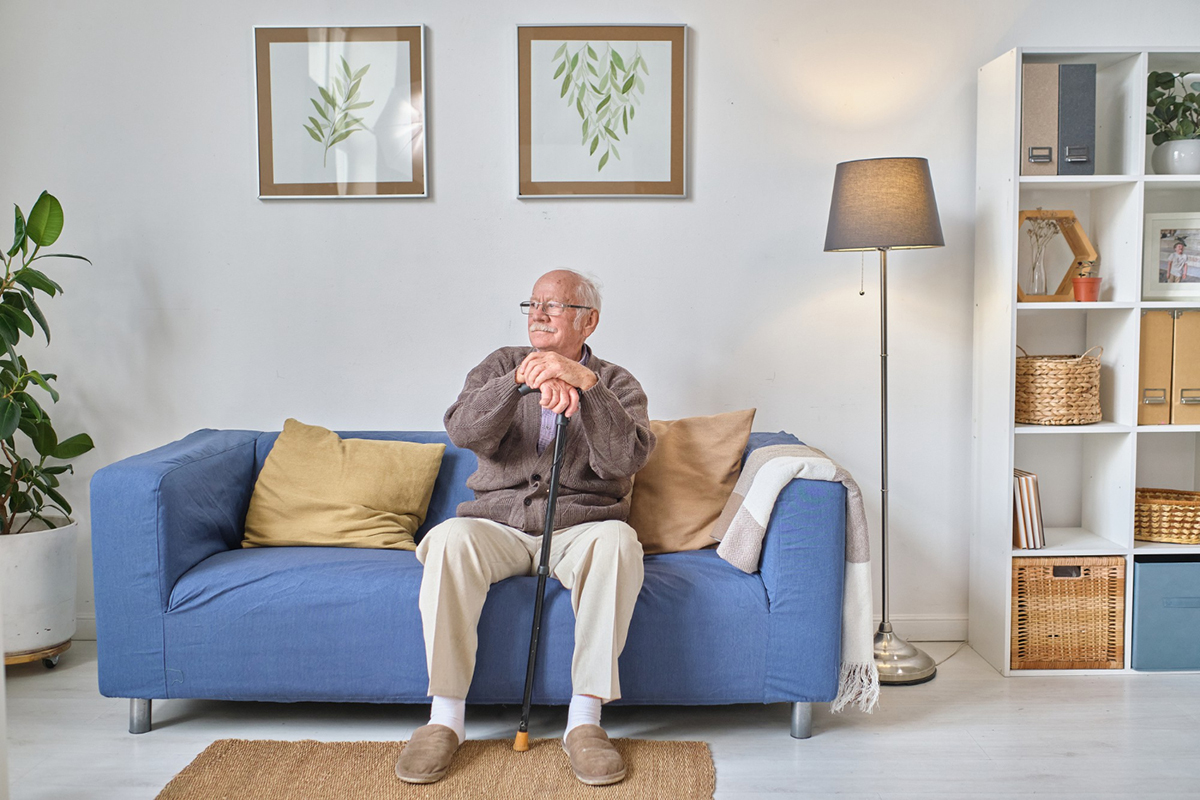Tips on Creating a Safe Home for Seniors

As we grow older, the last thing we want is to be confined and dependent on others. Aging comes with its share of downsides, including physical and mental health issues, weakened immune system, and a decline in cognitive abilities. This makes it essential for seniors to live in a safe and secure environment to prevent injuries and accidents. Whether you're a senior looking to set up a new home or a caregiver, this blog is for you. We've outlined some tips on creating a safe home for seniors in this blog. So, let's dive right in!
1. Declutter and Remove Hazards
Cluttered spaces and tripping hazards can lead to falls and accidents. Seniors are more prone to slips, trips, and falls due to weakened muscles and reduced balance. It's essential to declutter the living space, remove items that are not in use, and ensure that floors are free of debris or cords. You can also use tape to secure rugs and carpets to prevent slipping. Additionally, install handrails in high-risk areas such as stairs, bathrooms, and near the bed. Handrails provide stability, support, and balance for seniors.
2. Locate Emergency Services
Emergencies can happen anytime, and it's crucial to have quick access to healthcare services. Seniors are at higher risk of medical emergencies, and it's essential to have a list of emergency contacts nearby. Have the phone number of your local emergency medical services, nearby hospitals, and doctors saved for easy access. Consider installing a personal emergency response system (PERS) for seniors that alerts emergency services in case of a fall or health emergency.
3. Good Lighting
Good lighting is crucial in preventing accidents and falls. Seniors may have eye conditions such as cataracts that affect their vision, making it difficult to see in dimly lit areas. Ensure that rooms are adequately lit, and consider installing nightlights in hallways and bedrooms. If possible, install motion-activated lights that come on when someone enters the room, eliminating the need to fumble for the light switch.
4. Focus on Home Security
Home security is essential for everyone, and seniors are not an exception. Ensure that all entry points to the home are secure, especially at night. Install deadlocks and peephole viewer on doors, and consider installing an alarm system to deter intruders. Additionally, have a plan in place for emergencies such as fire, intruders, or medical emergencies.
5. Modify the Home
Some seniors may have mobility challenges, making it difficult to move around freely. It's essential to modify the home to ensure that it's senior-friendly. Install a ramp at the entrance for wheelchair users, and ensure that doorways are wide enough to accommodate walkers. Consider installing a walk-in shower, grab bars, and a raised toilet seat in the bathroom for convenience. Also, invest in senior-friendly furniture such as chairs and beds that are easy to get in and out of.
Conclusion
A safe and secure home helps seniors stay independent, maintain their dignity, and enjoy their golden years without constant worry and fear. As a caregiver or a senior, it's essential to make necessary safety modifications to reduce the risk of accidents and promote overall wellbeing. We hope the tips outlined in this blog will help you create a safe and secure home for seniors. Don't forget to reach out to Empire Home Health Care for quality home health care in Philadelphia, PA, and surrounding areas.